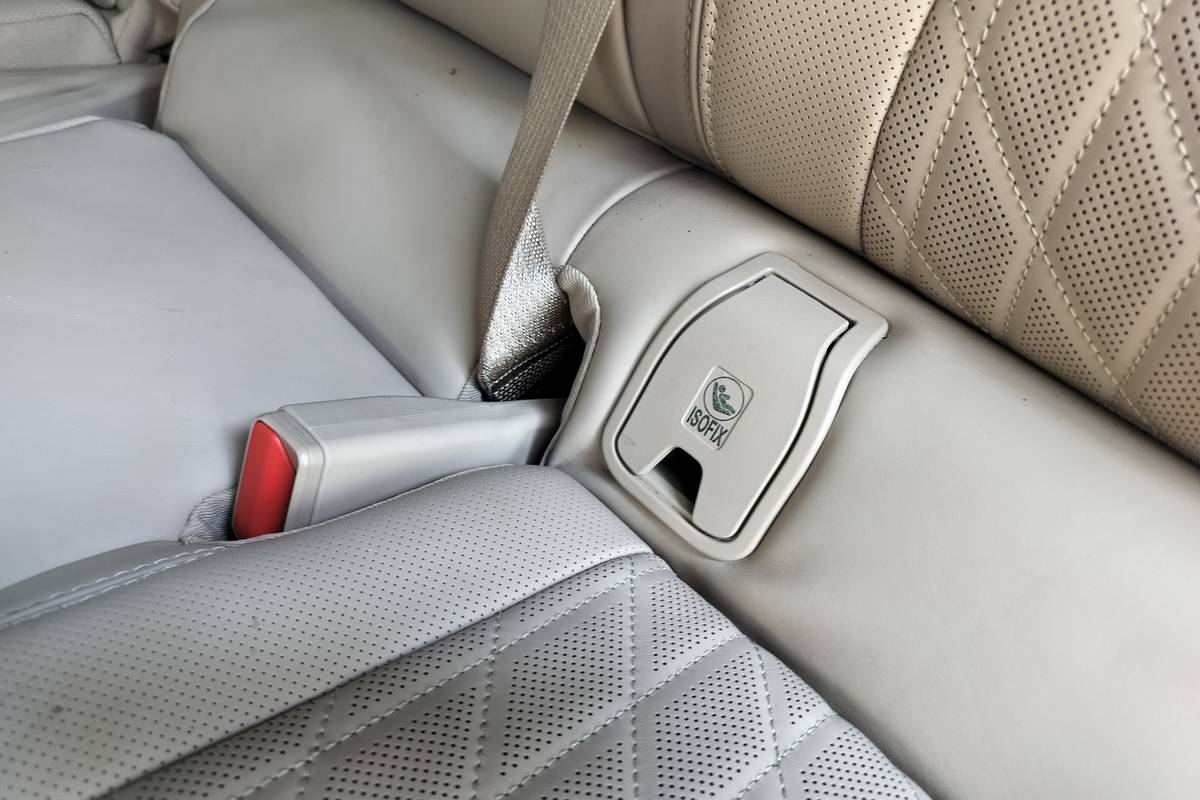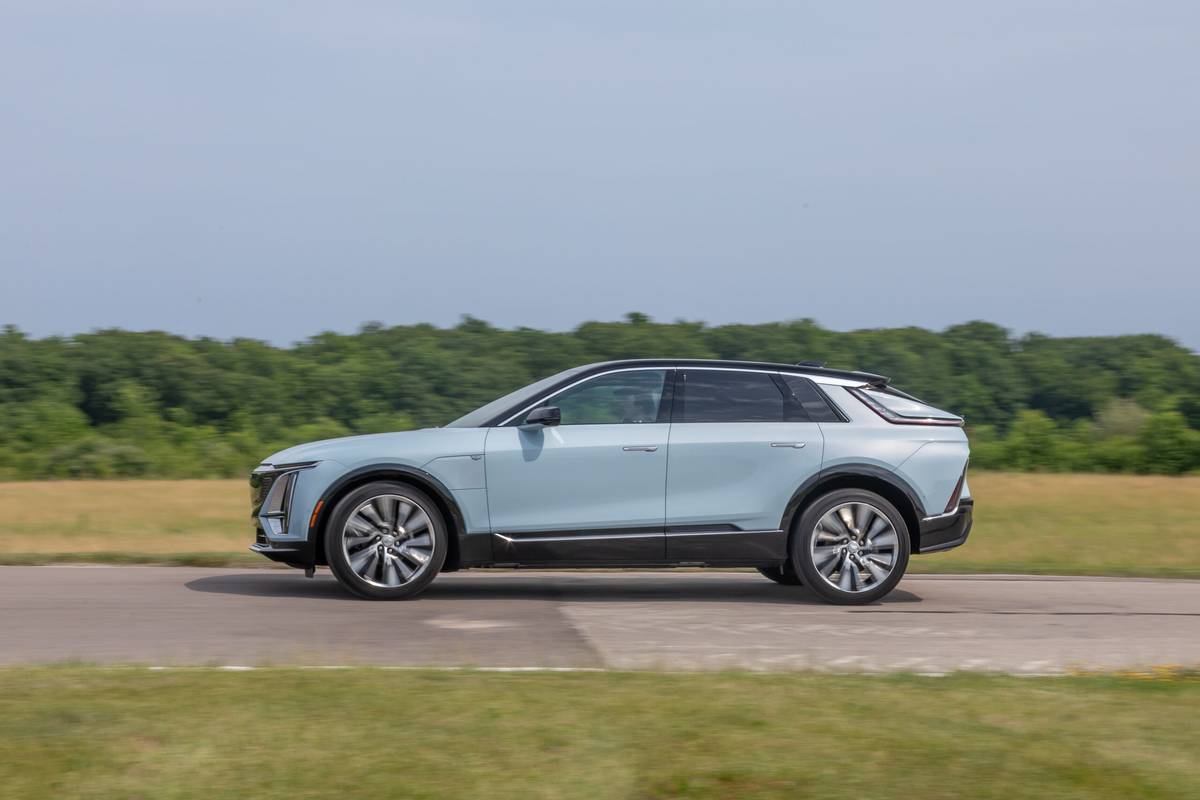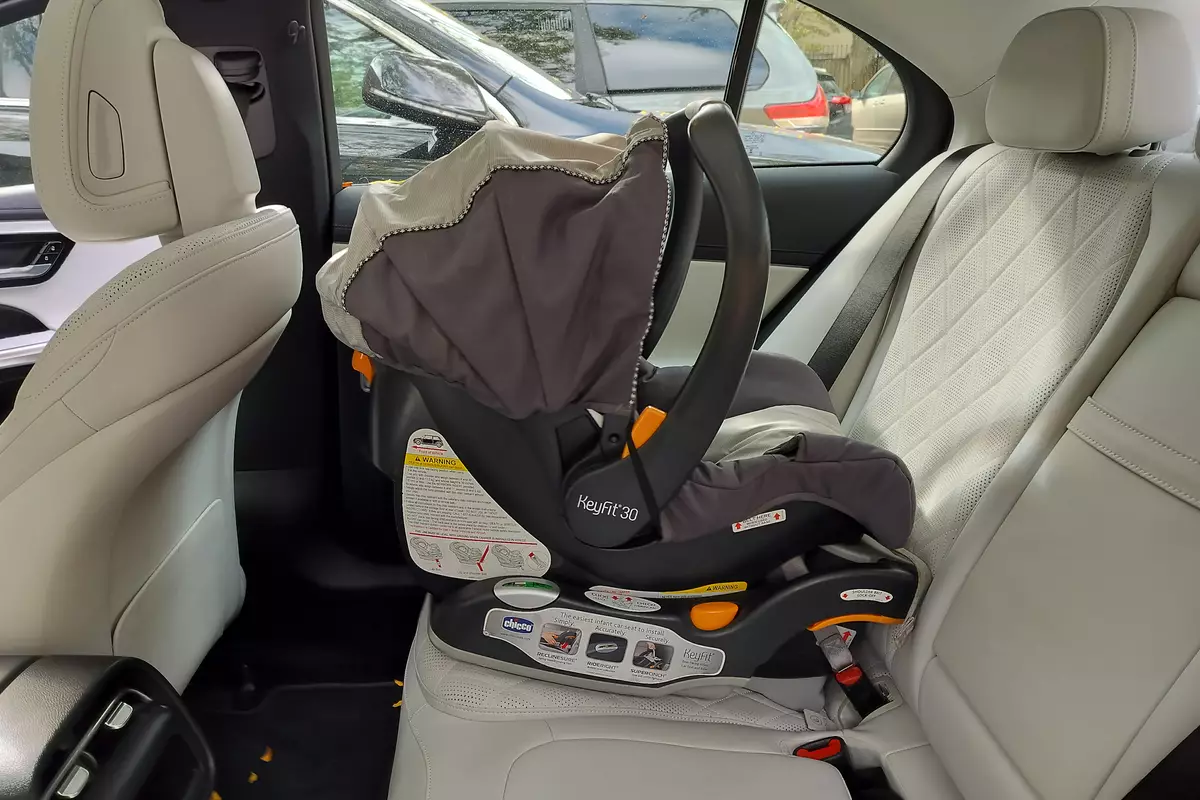Boston.com's view
America’s seniors are getting less and less attention from Detroit these days. They’ve had their bench seats, station wagons, and most of the large rear-wheel-drive sedans taken away, not to mention the storied brands of Oldsmobile, Pontiac, and Plymouth. The “Greatest Generation” that led the American auto industry out of World War II and into its seemingly unstoppable dominance in the 1950s, 60s, and 70s has now been written off.
Seniors aren’t buying anymore. And when they do, it’s not always from Detroit.
My grandfather, now 84, made a healthy habit of surprising his wife and kids at dinner with a new Dodge, Chevy, Ford, or a Buick. He toys with the idea of getting a pickup truck, but admits he probably won’t buy another car. He’s just fine cruising around town – in a Volvo.
Despite being chosen by General Motors as one of its four “core” brands, Buick, which has a median buyer age of nearly 70, is closer to outdated iron than a Detroit rebirth. Its famous discontinued models – Roadmaster, Park Avenue, Riviera – were as expansive and rich as the real estate they evoked. Its latest discontinued models – Rainer, Rendezvous, Terraza – sparked all the allure of a rebadged Chevy. So how is Buick going to attract today’s entry-level luxury buyers, the younger, middle-aged Americans stuck on Lexus?
They need a car worth many stares and double takes, instead of having a lower price as its best feature. They need a car just as quiet, powerful, and comfortable as the class leaders. That car – after two wasted decades chasing the Japanese – is the 2010 LaCrosse.
Save for the fake chrome vents on the hood, our black-on-black Buick drew sharp praise among my 20-something friends for its large, prominent grill, sweeping roofline and fender curves, LED taillights, and tasteful 18-inch chrome wheels. Priced at $32,440, our CXL was a midlevel trim with nearly every option save for navigation and a moonroof. But a similarly-equipped base Lexus ES 350, however, is $3,600 more.
At idle and slow cruise, the LaCrosse is super silent, almost sneakily like the Prius. While leaving work, I cranked the engine using the key fob’s standard remote start, got in, and forgot the engine was even on. Leaving the Globe’s parking lot, I tried to listen for any sign of life under hood. Even under moderate acceleration, it’s morgue-quiet inside.
Yet this car is anything but sterile and stale. Wood trim and leather with contrasting stitching spread in a continuous wrap across the dash to the doors. At night this curving line emits a soft blue glow along with the rest of the dashboard, which slopes for easy reach of the controls. If bench seats had to die to give us a dashboard this pretty, I hope there’s no such thing as reincarnation.
While the radio and its large, center tuning knob makes navigating stations a breeze, the small climate control buttons aren’t as intuitive, nor is the placement of the door lock switch below them. The angled door handles end up curling your fingers in a cramped position. I learned to open the doors with two fingers instead of four, but never got used to it.
Like the 2010 Ford Taurus, the LaCrosse’s high style sacrifices side and rear visibility due to thick B- and C-pillars and slimmer window openings. Thankfully, the side-view mirrors are large enough to compensate, but this is an annoying design compromise that’s becoming more commonplace on newer cars.
The same posh refinement pulses through the LaCrosse’s suspension, steering, and pedals. Only a tiny fraction of bumps, ruts, and uneven pavement get through to your backside, yet the LaCrosse hunkers down without the bobbing and weaving of old Buicks. And unlike many Toyotas, this Buick’s steering is finger-touch light without being completely numb of road feel. Generous throttle tip-in means you can press down without ever lurching your passengers, and when you really mean it, the 3.0 liter, 255 horsepower V-6 awakens and winds easily through the six-speed automatic. All-wheel-drive is available, as is a 280 horsepower V-6 (though the two can’t be combined).
A four-cylinder from the Chevrolet Equinox will soon be offered on the base CX for an estimated 30 mpg highway. That’s a great resume line for GM, but not the best choice for a supple and effortless touring sedan like the LaCrosse. I achieved about 21 mpg over 453 miles, on par in this class.
Buick finds itself in the same situation as Lincoln – and yes, Hyundai – as it tries to craft a new reputation in a fiercely-competitive, well-established market. In China, the locals treat Buick like Mercedes and trace its prestige all the way back to 1924 when the country’s last emperor bought two of his own. Thanks to mediocre models rejected again and again by most of this country’s buying public, Buick’s name recognition is still a heavy anchor on an otherwise remarkable car.
But taking a chance can sometimes lead to happy surprises. The LaCrosse is good enough to deserve that kind of leap, if only those young folks would pay attention.
Latest news



